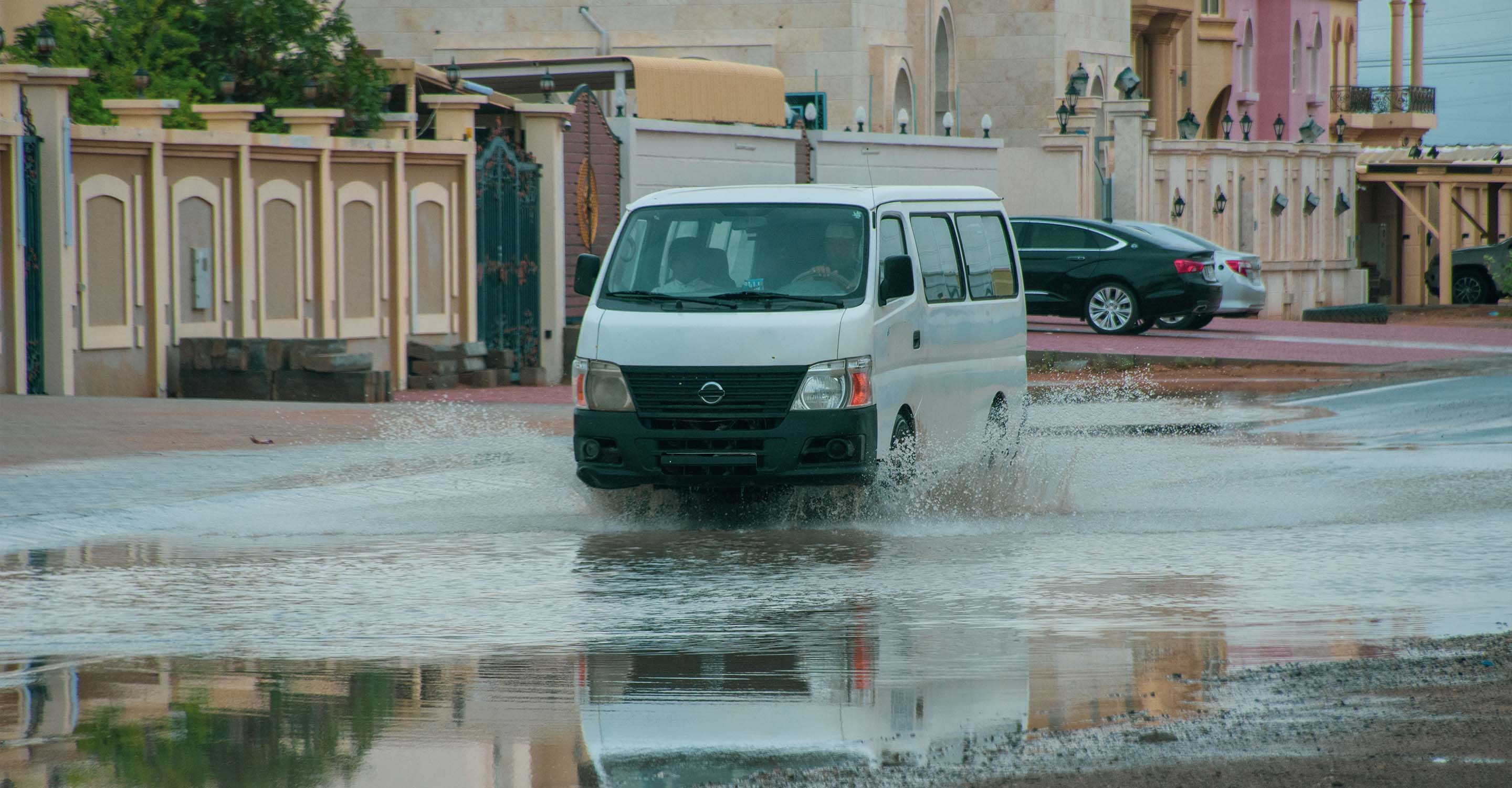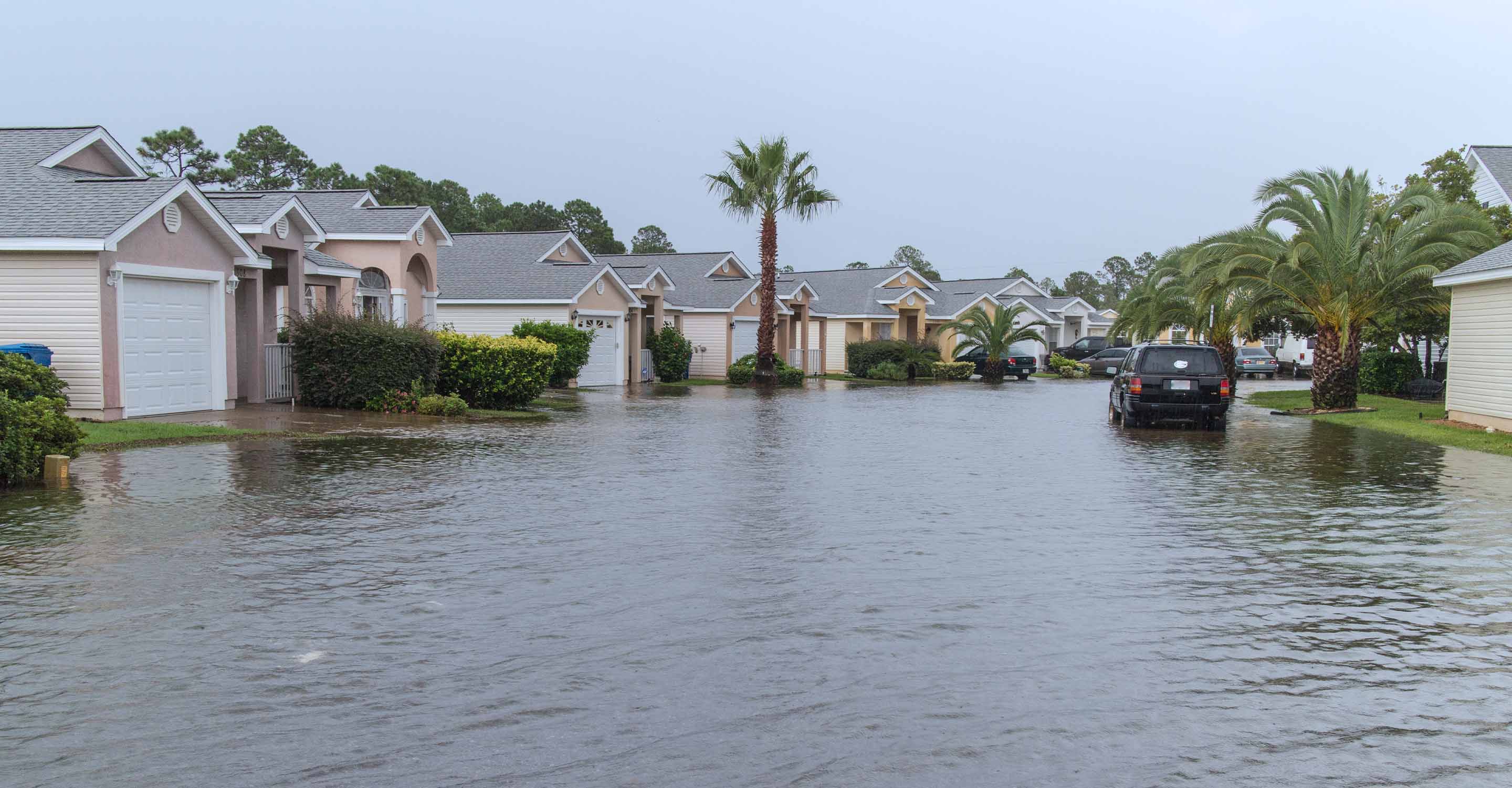Asan air quality map
Live air pollution map of Asan
2.2K people follow this city
Full screen
Contributors
2
Stations
7
Contributors category
2
Government
0
Non-profit organization
0
Educational
0
Corporate
0
Individual
0
Anonymous
Most polluted air quality stations
| # | station | US AQI |
|---|---|---|
| 1 | Dunpo-myeon | 153 |
| 2 | Baebang-eup | 99 |
| 3 | Inju-myeon | 84 |
| 4 | Mojong-dong | 80 |
| 5 | Dogo-myeon | 78 |
| 6 | Songak-myeon | 78 |
| 7 | Jangjae-ri | 74 |
Health Recommendations
| Sensitive groups should reduce outdoor exercise | |
| Close your windows to avoid dirty outdoor air GET A MONITOR | |
| Sensitive groups should wear a mask outdoors GET A MASK | |
| Sensitive groups should run an air purifier GET AN AIR PURIFIER |
community highlight
Asan most followed contributors
Become a contributor
Get an AirVisual Outdoor and contribute to collecting millions of data points for the Asan map to track local air pollution
Understand air pollution and protect yourself
Asan MAP AIR QUALITY ANALYSIS AND STATISTICS
How much information about air pollution is there on the air pollution map for Asan?
There is a great deal of fascinating information on the air pollution map for Asan and it is directly accessible from the main city page. The air pollution map acts as a link so when it is selected, a new page will re-open which contains all the latest data about the current state of the air.
When this new page first opens, the viewer will see a strong overall colour which itself is a direct reflection of the current air quality. Colours range from pale green to dark maroon and are standard across the entire IQAir website. As the air quality gets worse, the colours get darker. There is a full explanation of their meaning in the legend at the foot of the page.
There are also many coloured discs scattered across the air pollution map for Asan and some may appear to be superimposed on top of each other. If this is the case, the map can be slowly expanded and the discs will eventually begin to separate and become easier to differentiate from each other. These discs represent the sites of the ground-level air monitoring stations in the area, although not all of them are under the jurisdiction of the city.
At the centre of each disc is a number which is the United States Air Quality Index reading or US AQI for short. The figure is calculated by taking measurements of up to six of the most prolific air pollutants in the city air. They are usually both sizes of Particulate Matter (PM2.5 and PM10), ozone, nitrogen dioxide, sulphur dioxide and carbon monoxide.
Once this reading has been established it is used as a metric when making comparisons in air quality in different places all over the world. The entire system has the full support of the World Health Organisation (WHO). Each of the stations can be explored further by selecting the chosen disc which acts as a link to another page which is filled with information about air quality for that region.
Looking back to the main city page, it can be seen in the coloured banner across the top of it, that at the time of writing, Asan was experiencing a period of “Moderate” quality air with a US AQI reading of 77. The main pollutant was identified as being PM2.5 with a recorded level of 24.3 µg/m³ (microns per cubic metre). A level such as this is almost five times higher than the suggested level of 5 µg/m³ as recommended by the WHO. The background colour of the banner is also a visual representation of the current state of the air.
Looking directly beneath the air pollution map for Asan can be seen the number of contributors there are that collect and collate the data about air pollution. Currently, there are fourteen stations operated by eleven contributors. Two of the contributors are government departments and the remaining contributors prefer to remain anonymous. The two government departments are the Korea Environment Corporation which operates 326 stations throughout the country and the Chungnam Institute of Health and Environment which operates 46.
How much more information about air quality is on the air pollution map for Asan?
There are a lot more facts and figures about air quality on the air pollution map but the page needs to be viewed at maximum size so all the information is visible. There is an icon at the top of the opening page which will re-open it in full-screen mode.
When viewed in this way, a list of four options will be seen on the left-hand side of the screen. These can each be turned on or off to see the effects they have on the map.
The first option shows the sites of the ground-level air monitoring stations there are, both in the city and also the surrounding area. Each one can be explored further by clicking on the disc which will open a new page which is filled with information about that specific area.
The next option shows the location of any wildfires there are that are burning out of control. During April 2023, at the time of writing, there were no fires of any significance in the area. If fires are detected then option number four needs to be considered because it shows the speed and direction of the prevailing winds and will give a good indication of where the smoke might drift.
Option number three changes the background colour of the map to show the current air quality. If it is good, then pale colours will be seen on the page, but darker colours will be used when the air quality gets worse. If these dark colours are too distracting, the option can be deactivated and the map will revert to a more neutral set of colours which might be easier to understand.
More information can be seen on the right-hand side of the screen where a table is shown that ranks the seven most polluted cities in the world. The full-ranking section will show the rest of the participating world cities in descending order.
Immediately below the contributor’s section can be seen a list of the most polluted areas of the city according to their latest readings. Currently, this is the station in the Sinchang-myeon Administrative Welfare Centre which is showing a US AQI reading of 95.
Below this is ranked the most popular of the stations according to the number of followers they have. Currently, the most popular one is at Dunpo-myeon with almost 175,000 followers.
Can the source of the polluted air be seen on the air quality map for Asan?
Whilst it is not directly seen on the air pollution map for Asan, it is generally known that the harmfulness of fine dust generated by combining pollutants such as heavy metals in the air is increasing and the frequency of yellow dust from China is a major problem.
How dangerous is PM2.5 which is always quoted on the air pollution map for Asan?
Particulate Matter, abbreviated as PM, is a term used for particles found in the air which includes dust, soot, dirt, smoke and liquid droplets. PM2.5 particles are given the 2.5 annotation to describe the size as being 2.5 micrometres or less. Typically, these particles are so small they can only be seen with an electron microscope. And because of their small size, they can travel deep inside the human body.
Asan air quality data attribution
2Contributors
 Korea Environment Corporation
Korea Environment Corporation7 stations
 Chungnam Institute of Health and Environment
Chungnam Institute of Health and Environment7 stations
2 Government Contributors








